Canada’s stunning landscapes, filled with towering mountains, tranquil forests, and sprawling lakes, also conceal some unexpected perils. From wildlife encounters to unpredictable weather and treacherous terrains, danger lurks in the most surprising corners of this beautiful country. Whether you’re an adrenaline junkie looking for your next adventure or just someone with a curious mind, this list detailing Canada’s most dangerous places — from least to most hazardous — offers fascinating perspectives.
#20 CN Tower EdgeWalk, Toronto
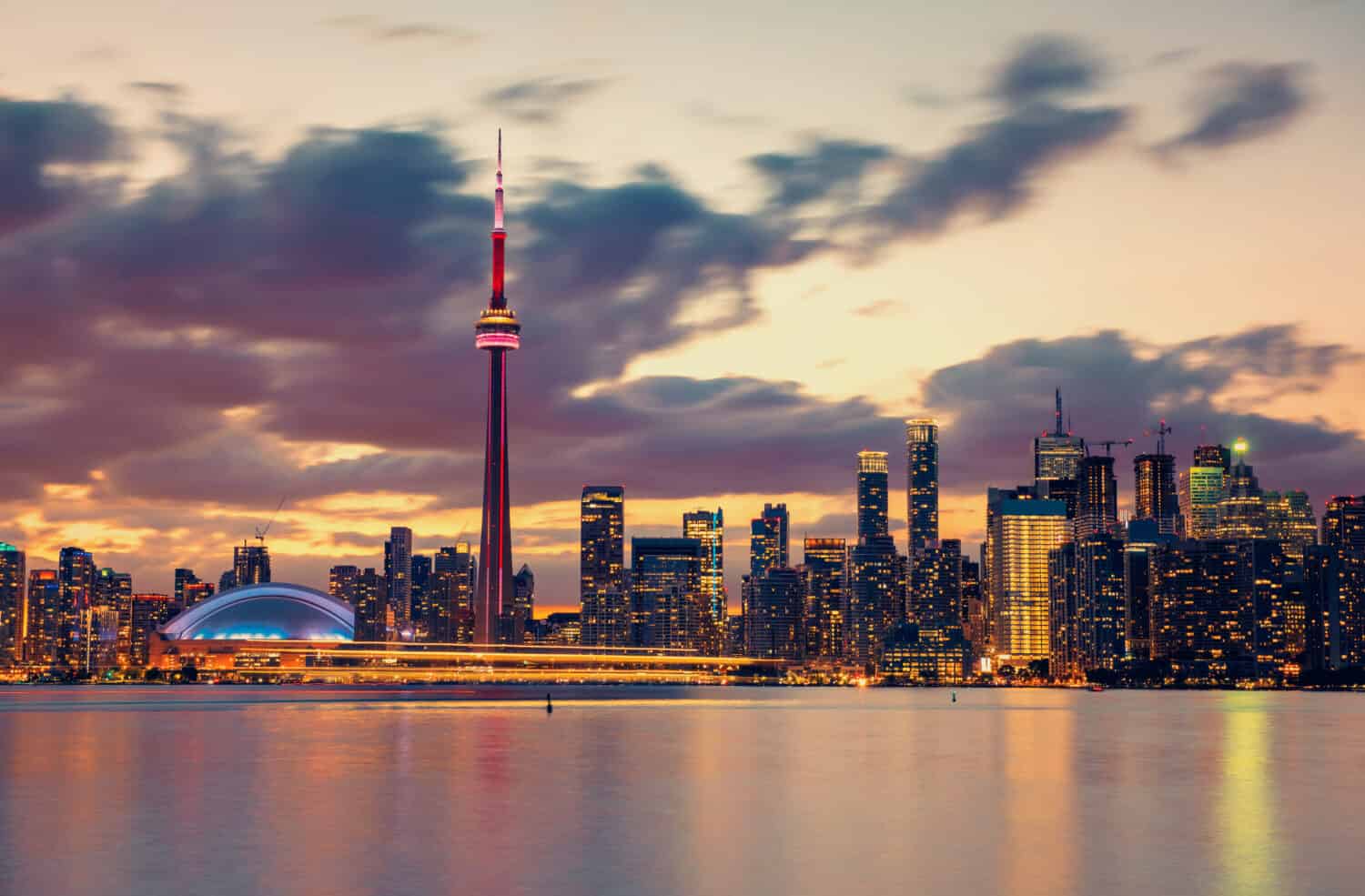
At 1,815 feet, the CN Tower is the world’s 10th tallest freestanding structure.
©TRphotos/Shutterstock.com
Danger level: Low (controlled and regulated with safety harnesses, though participants with health conditions may face health-related dangers)
The EdgeWalk at the CN Tower presents a thrilling opportunity to tread the edge of one of the world’s highest freestanding structures. For those with heart ailments or acrophobia, the altitude of the walkway, suspended 356 meters (1,168 feet) above the ground (of hard concrete), can be both intimidating and perilous. To put it in perspective, that’s about as high as a 100-story building. It’s a stark reminder of the laws of physics, gravity being the most consequential. So yes, it’s truly not for the faint-hearted!
#19 Churchill, Manitoba, The Polar Bear Capital of the World
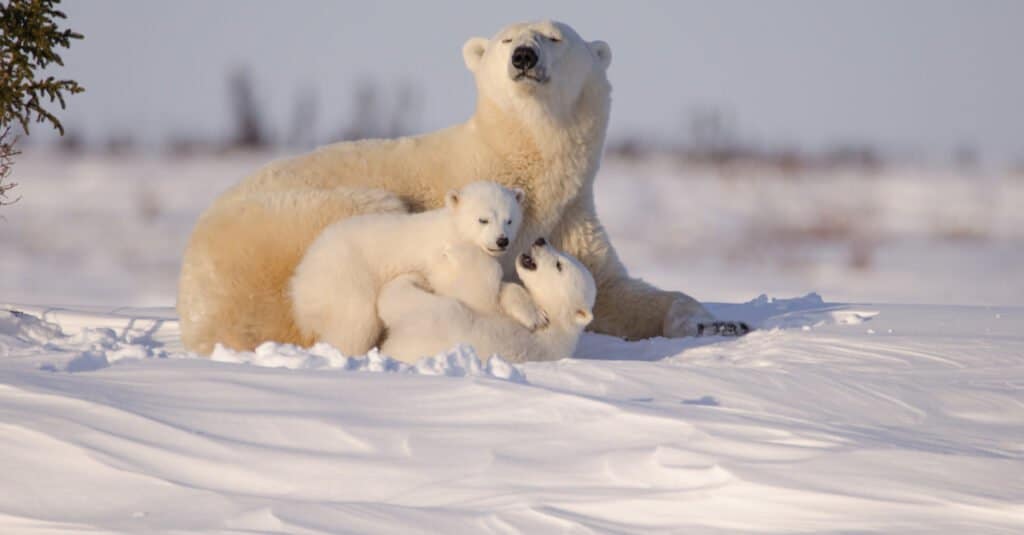
Polar bears are one of the few mammals that can survive in the Arctic chill. In fact, it’s the only environment in which they thrive.
©Anne Kiel/Shutterstock.com
Danger level: Low-Moderate (risk depends on encounters with wildlife)
Churchill, renowned for its dense polar bear population, will slake your ursine thirst. Closely observe these unbearably (pun intended) cute yet dangerous creatures. The town has put in place safety protocols like bear patrols and sighting hotlines. However, climate change has lengthened bear season and affected their habits, increasing the likelihood of dangerous encounters.
#18 Grouse Mountain, British Columbia

The Grouse Grind on Grouse Mountain, also known as “mother nature’s stairmaster,” takes most people 1.5 hours to complete.
©Bist/Shutterstock.com
Danger level: Low-Moderate (can be strenuous and depends on weather conditions)
This mountain is a popular destination for hikers in Vancouver, especially the famous Grouse Grind trail. However, with sheer cliffs, rapidly changing weather, and grueling trails, it’s not without its dangers. Injuries and even fatalities have been reported on this mountain, underscoring the need for careful planning and caution.
#17 Newfoundland and the Bay of Fundy
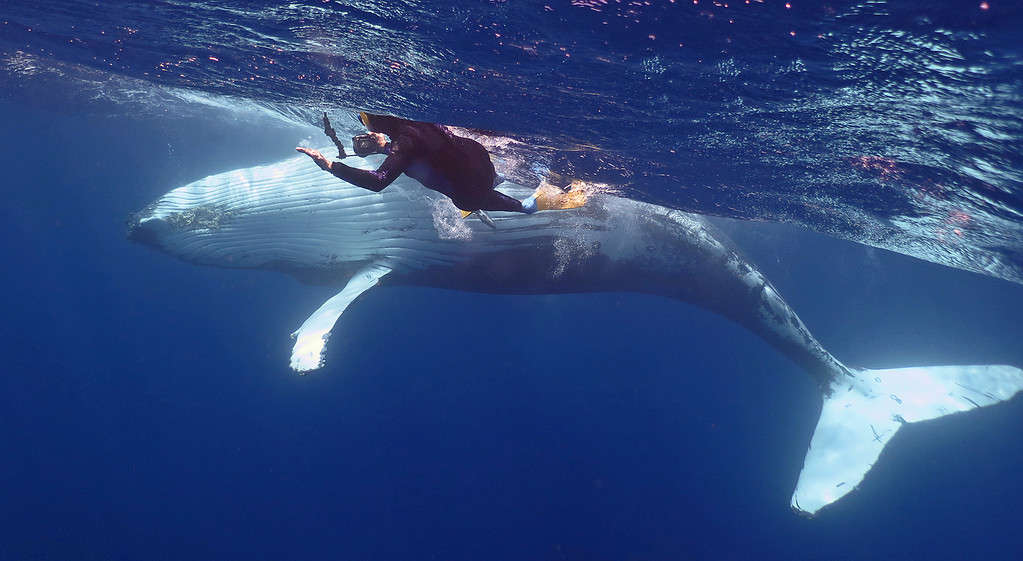
Swimming with a
humpback whale
can be magical, but also potentially dangerous.
©Mark Nyman/Shutterstock.com
Danger level: Low – Moderate (depends on whether you are observing from land or taking part in a water activity)
Swim with humpback whales off the coast of Newfoundland or surf the tidal bores in the Bay of Fundy. This place offers magical yet risky experiences. The powerful tidal currents and unexpected wildlife encounters can pose significant dangers to even experienced adventurers, both on and under the water.
#16 Smoking Hills, Northwest Territories
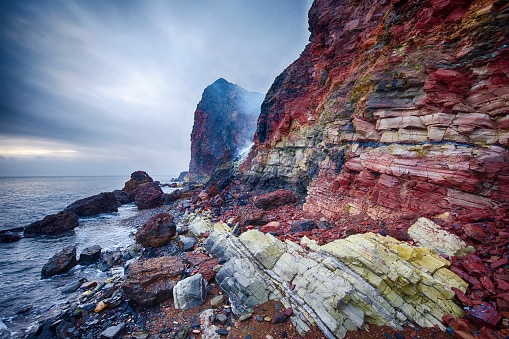
The centuries-old fire of the Smoking Hills in Canada’s Northwest Territories are straight out of epic adventure tales.
©Nicolas Tolstoï/ via Getty Images
Danger level: Low-Moderate (depending on air quality and footing conditions)
On the eastern coast of the Northwest Territories, the geologically unique Smoking Hills have been smoldering for centuries due to underground lignite catching fire. The thick smoke that billows from these hills can be seen from miles away, earning them their name. However, the smoke is toxic and heavy metals have been found to leach into the surrounding environment. Resembling the foothills of Mordor, this hazardous phenomenon isn’t for the faint-hearted.
#15 Blue Hawk Mine, British Columbia
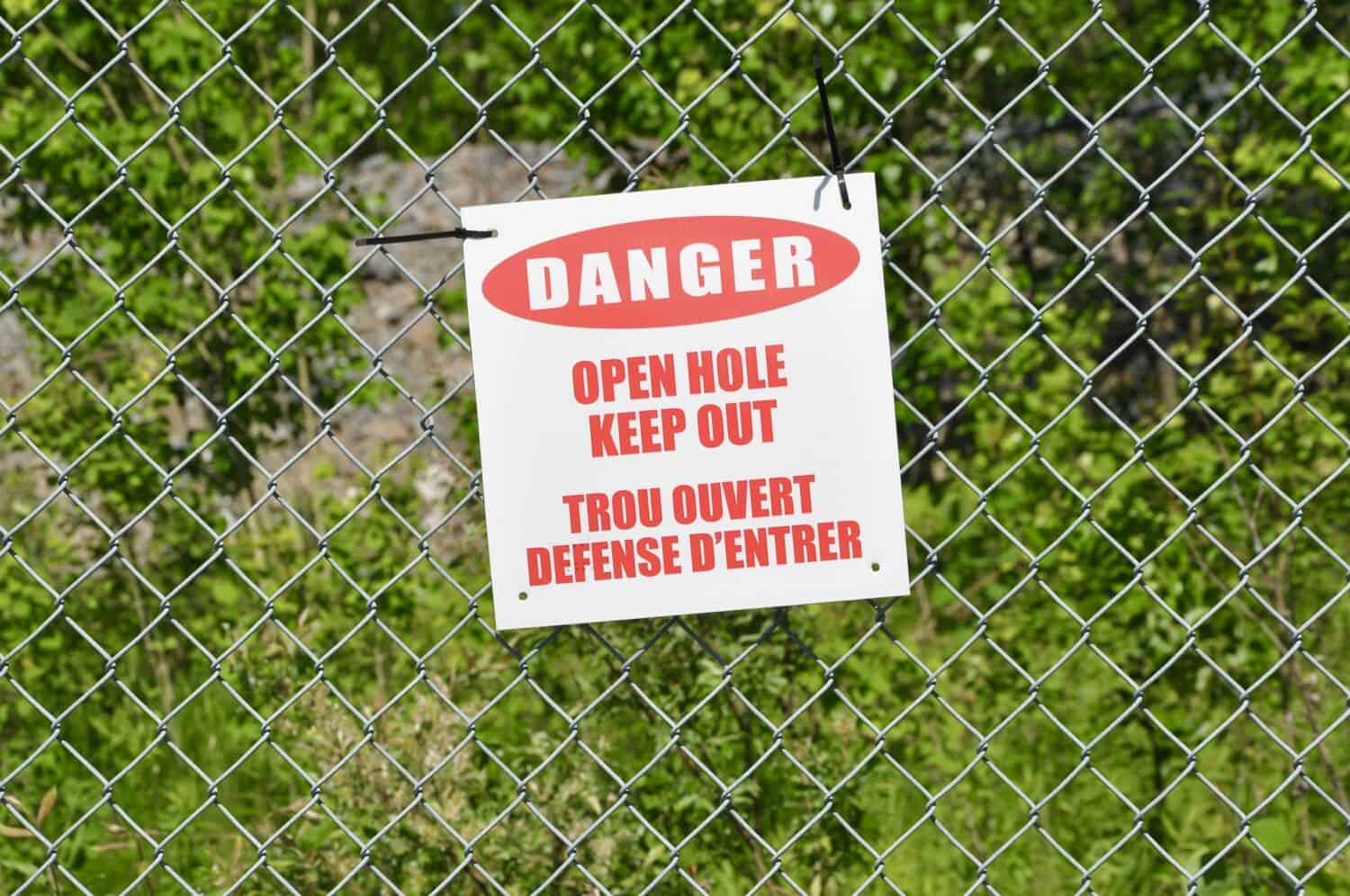
Like most abandoned mines, city officials would rather people not explore them.
©Lester Balajadia/Shutterstock.com
Danger level: Moderate-High (risk of cave-ins and getting lost)
This abandoned mine near Kelowna, BC, is a popular spot for local explorers. However, caveats include risks of cave-ins, dark and damp passages that are easy to get lost in, and cold-water sinkholes. A truly dangerous mine to explore for the unprepared and ill-informed.
#14 Bear Rock Sinkhole, Northwest Territories

Yamoria, also spelled Yamozha, the hero of the First Nations Dene, is sometimes referred to as a “transformer.”
©Josef Hanus/Shutterstock.com
Danger level: Moderate-High (slip and fall risk as collapsed cave creates steep-sided sinkhole with deep aquamarine waters)
Nestled between the towns of Tulita and Norman Wells, the Bear Rock Sinkhole captivates scientists and Indigenous communities alike. Its steep, plunging sides leading into deep aquamarine waters result from the collapse of a subterranean cave. But it’s more than just a natural wonder. For the Indigenous Dene people, it’s a sacred site. Local lore pinpoints it as the place where the revered mythological figure, Yamoria, defeated giant beavers. Despite its geological and cultural allure, its steep, unstable sides and deep waters pose inherent dangers to visitors. A perilous beauty.
#13 Navigating the Tibbitt to Contwoyto Winter Road, Northwest Territories
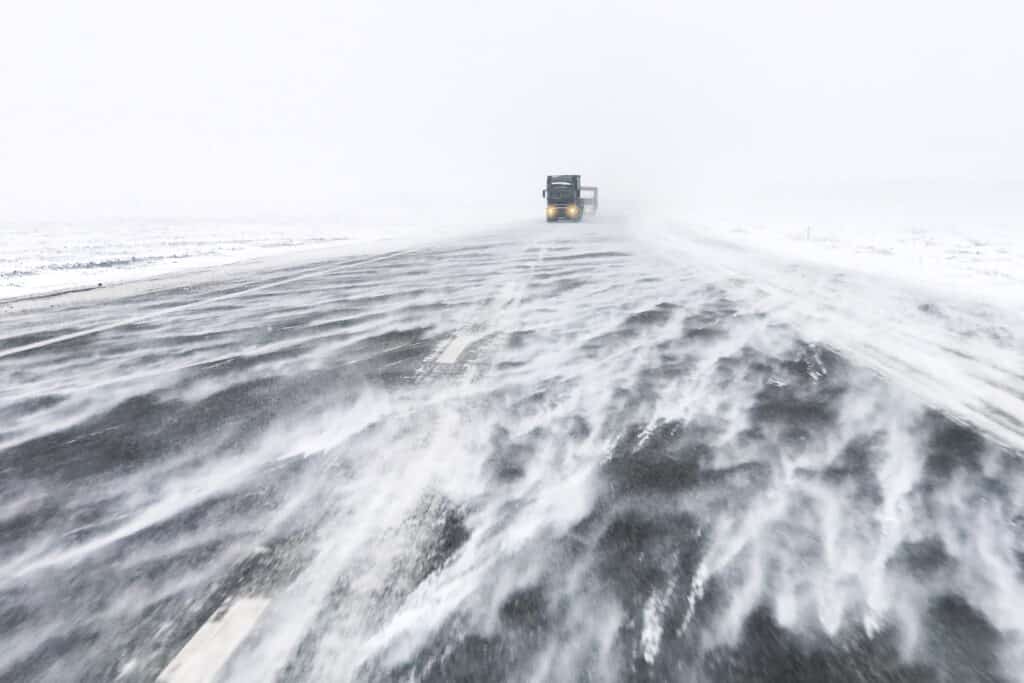
There are dangerous roads, and then there are ice roads like the Tibbitt, which is 85% ice.
©Vitaliy Kaplin/Shutterstock.com
Danger level: High (depends on weather and road conditions)
Known as the world’s longest heavy-haul ice road, the Tibbitt to Contwoyto Winter Road cuts 600 kilometers (373 miles) through the Canadian Arctic, linking gold and diamond mines. This route is open for just eight to nine weeks annually, from February to April. Despite extreme weather conditions requiring careful preparation and winter gear, it ironically maintains a reputation as one of Canada’s safest highways. This is due to strict speed limits, vigilant monitoring, and meticulous annual construction. However, circumstances may turn on a dime. Severe weather conditions and the possibility of ice cracking make it a road best not traveled.
#12 Adventures on the Slave River, Northwest Territories
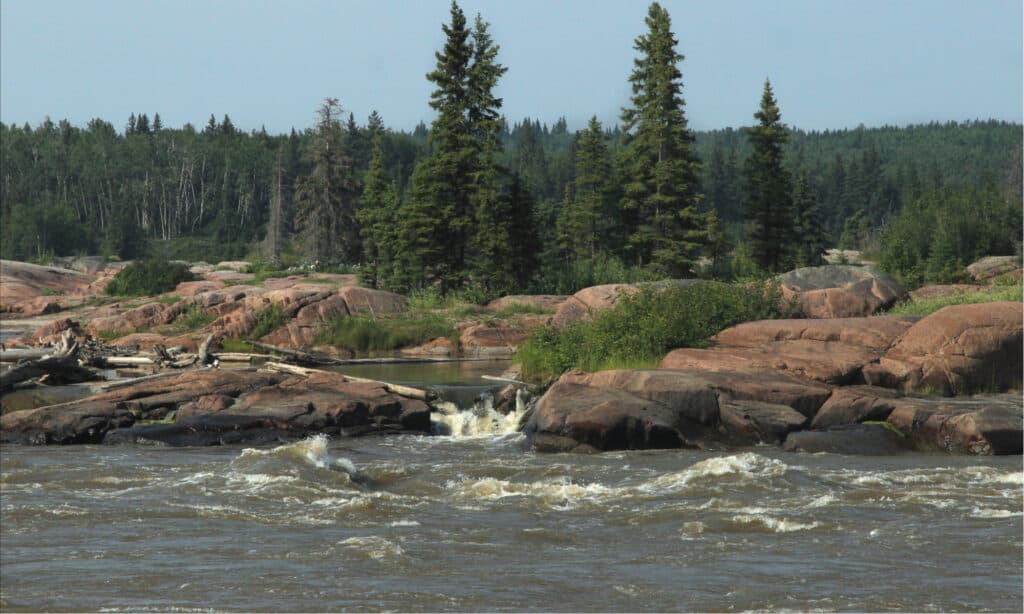
The 415 km (258 mi) long Slave River connects to the Peace River.
©vagabond54/Shutterstock.com
Danger level: High (for those taking part in watersports)
The Slave River, bordering the Northwest Territories, produces world-class rapids that draw in seasoned kayakers. The river features four significant sets of rapids: Pelican, Rapids of the Drowned (yes, they really went with that), Mountain Portage, and Cassette. Each presents its own unique waves, swirling whirlpools, and potent channels. Despite its allure, the river’s strong currents, whirlpools, and remote location pose high risks. Braving the white foamy caps and speedy swirls of the Slave River demands that watersports enthusiasts take serious safety measures.
#11 Skookumchuck Rapids, British Columbia
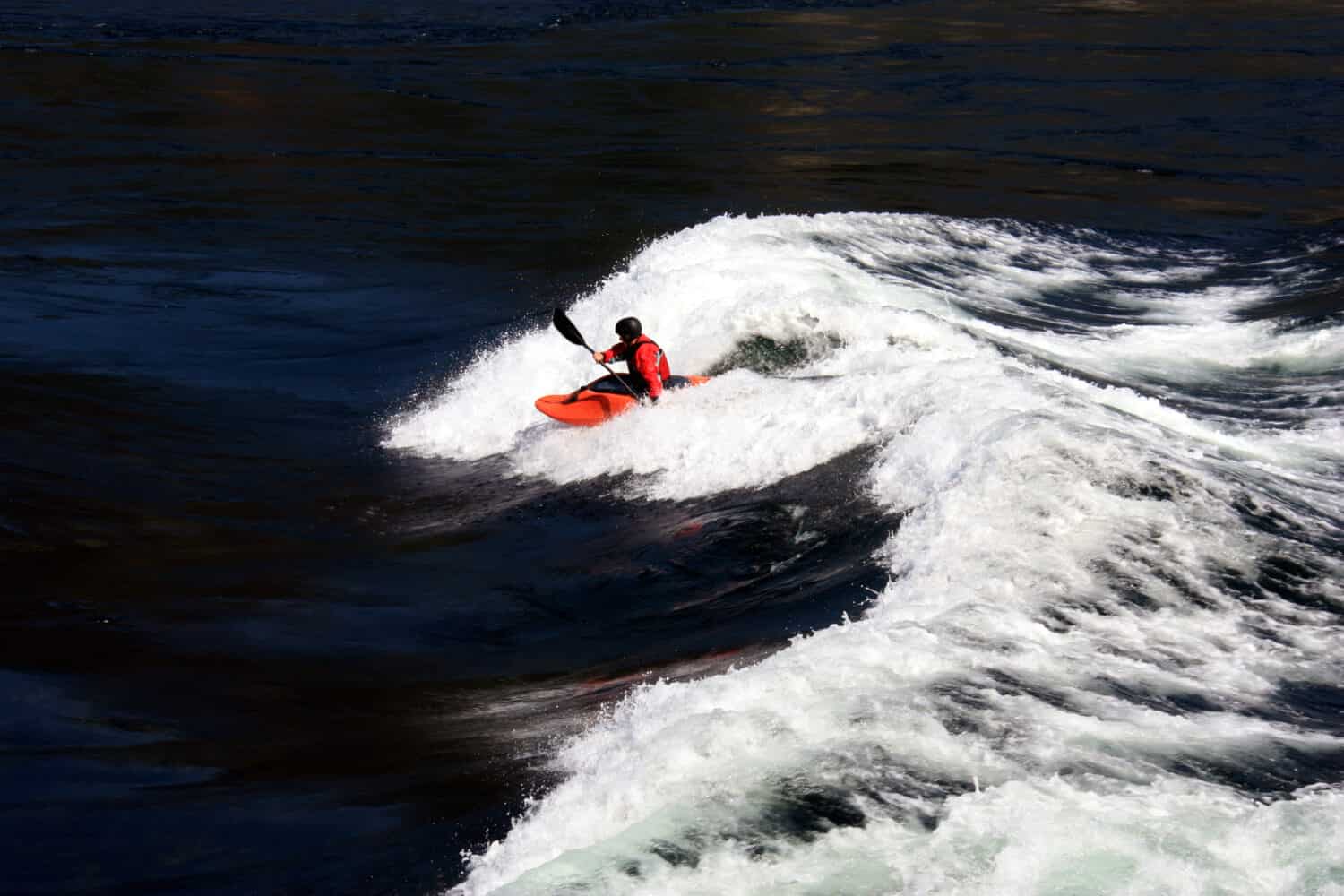
On a mere three-meter tide, around 200 billion gallons of water flow through the narrows.
©Rolf Meinow/Shutterstock.com
Danger level: High (for those taking part in watersports)
The massive amounts of water that flow through these rapids each day support an abundance of marine life and watersports. However, the powerful tidal currents here can be unpredictable and dangerous, especially to boaters and kayakers. This prompted BC park authorities to issue this safety warning: “When using these waters, know the tides and cross the narrows at high or low slack tide. Only very experienced paddlers should attempt the rapids at high tide.”
#10 Scaling the Lotus Flower Tower, Northwest Territories
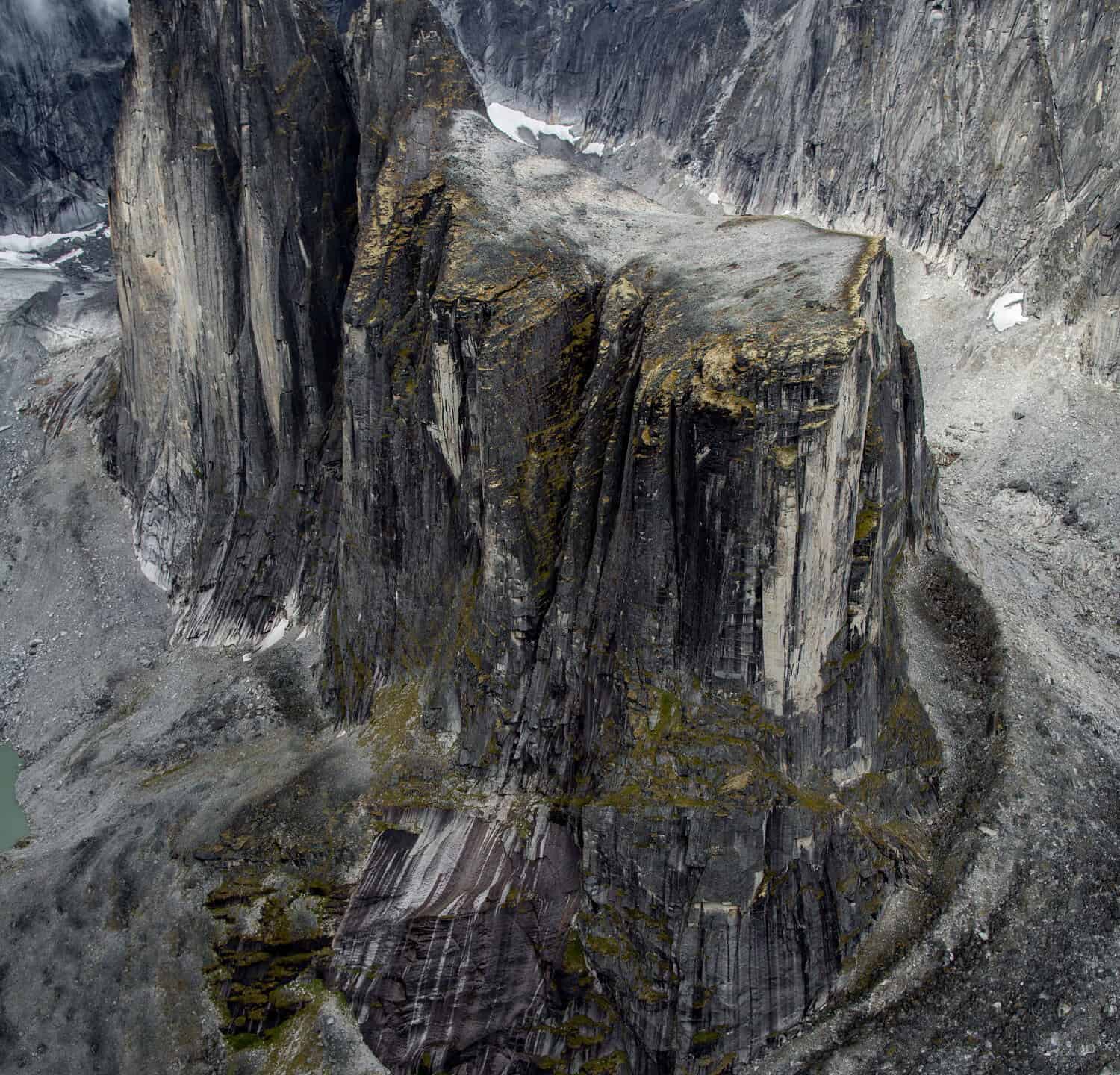
In the Cirque of the Unclimbables, large rock falls are a daily danger.
©Ondrej Kubicek/Shutterstock.com
Danger level: High (technical climbing required)
Nestled in the Cirque of the Unclimbables, the Lotus Flower Tower provides climbers with an exhilarating, yet demanding ascent. The climb unfolds in several stages: wet and daunting paths are followed by a breathtaking headwall teeming with unique cracks and stunning exposure.
While the tower offers a unique climbing experience, the unpredictability of weather and challenging route increases its difficulty and risks. Careful planning, proper gear, and respect for the mountain are advised. Climbers may opt to conquer the climb in a day, capturing unforgettable moments, or split the adventure over two days, resting on a comfortable bivouac ledge. Despite its challenges, the Lotus Flower Tower presents a remarkable experience for the seasoned climber and nature enthusiast.
#9 Venturing Thor Peak, Nunavut
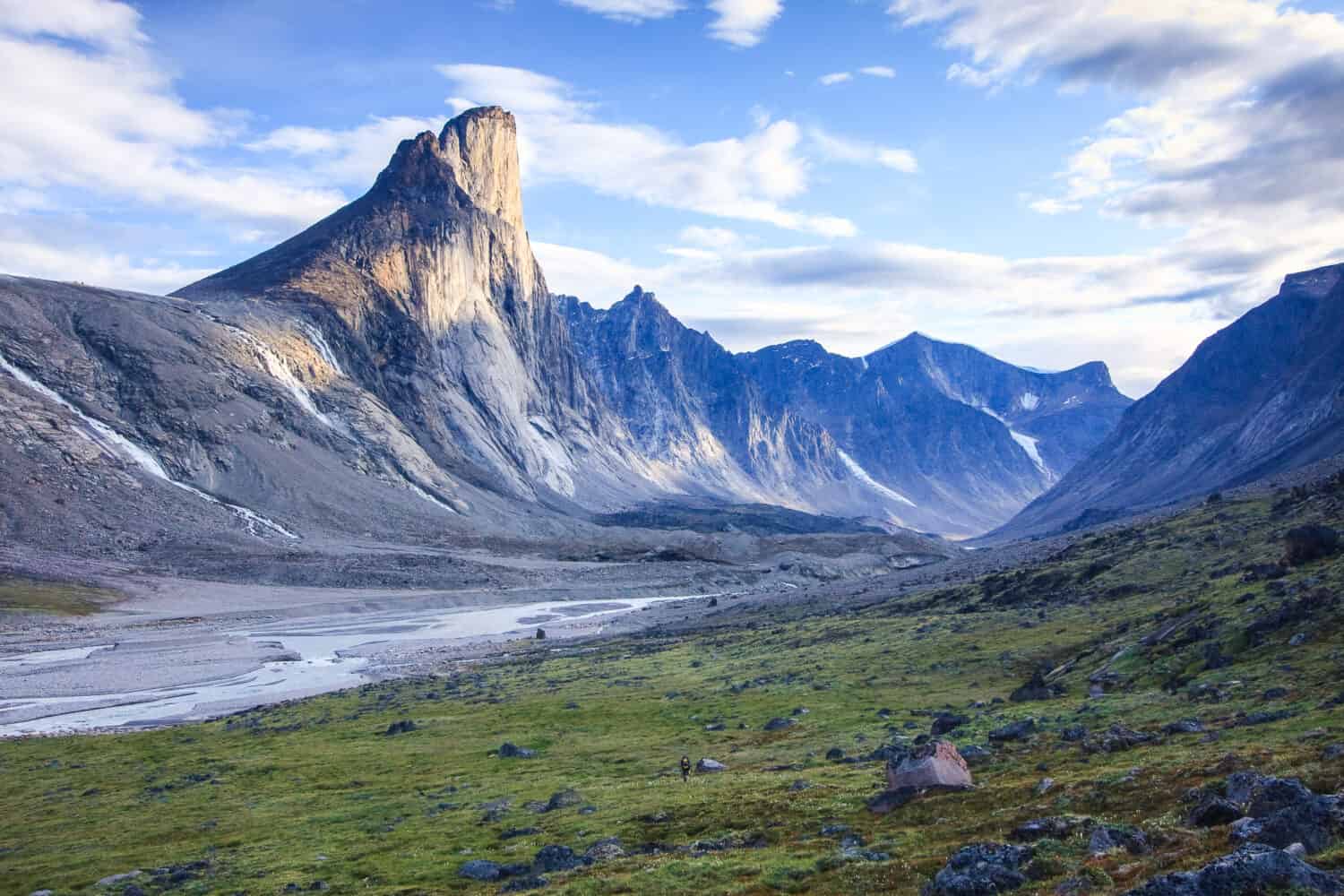
Also known as Mount Thor, Thor Peak’s west face is the longest vertical drop on Earth. And, yes, it’s named after the Norse thunder god.
©Ed Dods/Shutterstock.com
Danger level: High (technical climbing needed)
Residing in Auyuittuq National Park on Baffin Island, Thor Peak provides a challenging but mesmerizing encounter for mountaineers. Its towering west face, at 1,250 meters (4,100 feet), is one of the world’s largest. The peak’s surrounding landscape offers a spectacle of vertical rock faces, appealing to both geology enthusiasts and climbers.
Reaching Thor Peak involves a journey to remote Pangnirtung via flight, followed by a boat ride or snowmobile to the park’s entrance. The climb itself, prone to rockfalls, is technically demanding, requiring both experience and caution. Despite its challenges, including the harsh Arctic weather, the reward of ascending Thor Peak makes the journey worthwhile for experienced thrill-seekers.
#8 Treacherous Trails and Alpine Climbing in Canada
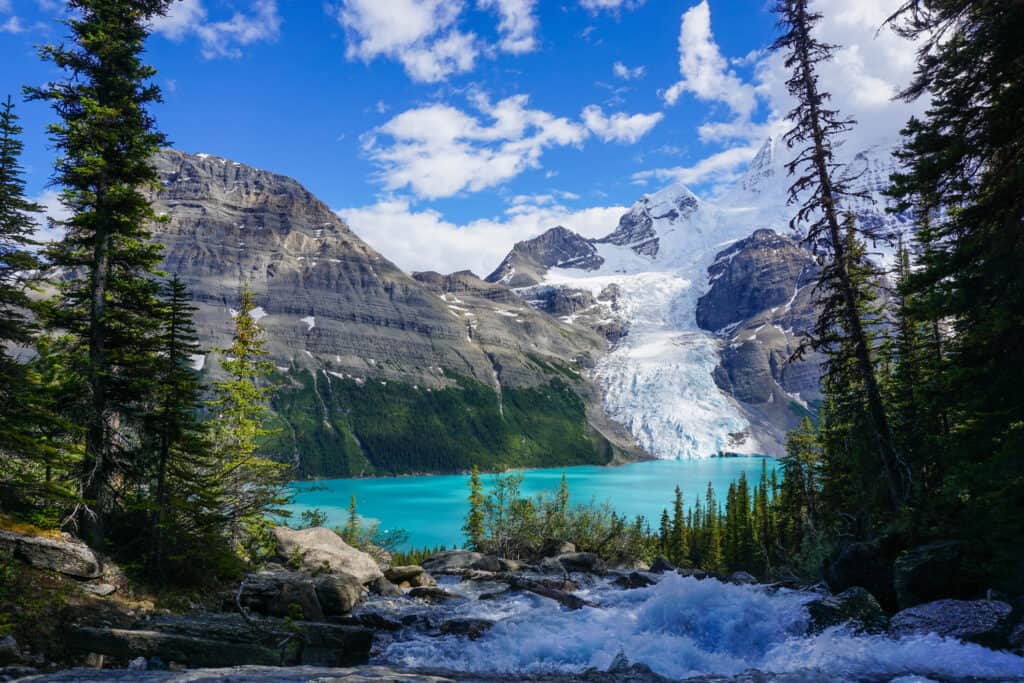
The Berg Lake Trail in Mount Robson Provincial Park, British Columbia, Canada, promises stunning views of Glacial Berg Lake.
©iStock.com/Andrew Turnbull
Danger level: High (technical mountaineering needed, remote location, risk of injury)
Mount Albert Edward, the West Coast Trail, and the formidable peaks of Mounts Alberta and Robson are among the country’s most challenging terrains. They demand significant preparation, technical skill, and endurance due to hazardous conditions. Even well-prepared elite climbers struggle with the unpredictable and dangerous environments these places present. Despite the inherent risks, the allure of these treacherous trails and mountains continues to draw adventurers in pursuit of the ultimate alpine climbing experience.
#7 Ellesmere Island

As of 2020, Ellesmere Island is home to the geomagnetic North Pole.
©iStock.com/1127470616
Danger level: High (extreme weather conditions, remote location)
The island has a rich history of human activity, spanning thousands of years of occupation and exploration by various expeditions in the 19th and 20th centuries. As a result of global warming, 90% of the ice shelves around Ellesmere Island have disappeared, posing a threat to various species. Muskoxen, caribou, and a variety of birds thrive in its polar desert landscapes. However, the harsh conditions make any activity here potentially dangerous.
#6 Navigating the Scimitar Canyon, Northwest Territories
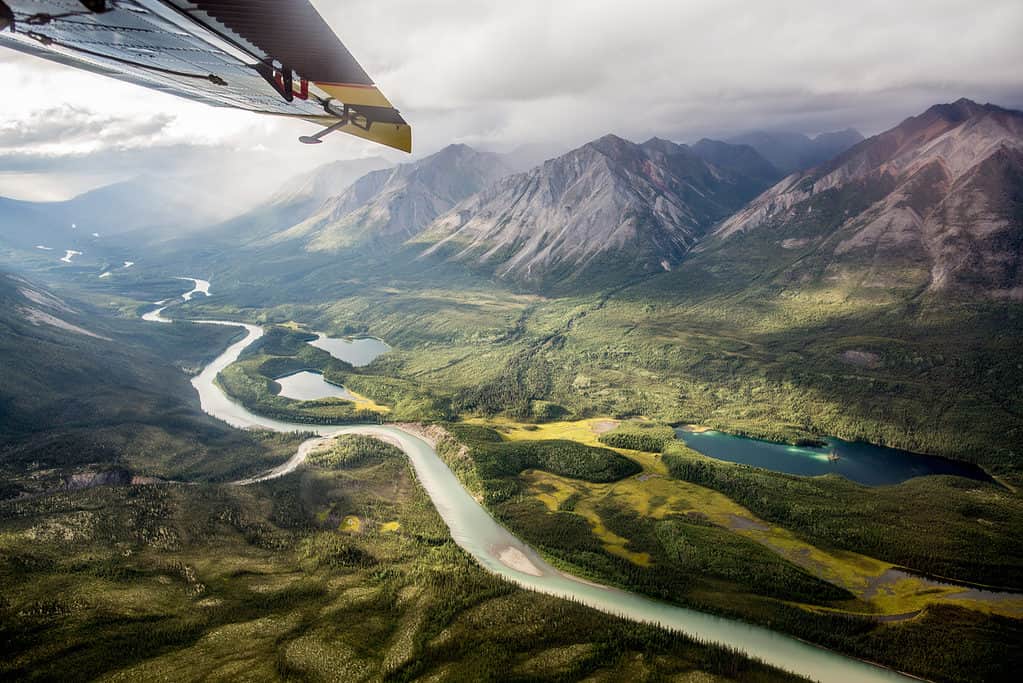
Nahanni National Park Reserve, in the Northwest Territories, is a designated UNESCO World Heritage site.
©iStock.com/Ondrej Kubicek
Danger level: High (remote location, technical kayaking difficulties)
Nestled within the expansive Nahanni National Park in the Northwest Territories, the Scimitar Canyon poses a significant challenge for even the most experienced whitewater kayaker. On the Ram River, its most dangerous section, the Lightning Bolt, entails an eight-meter drop into shallow water, a move requiring exceptional skill and precision. As such, any attempt to navigate the canyon calls for meticulous planning and stringent safety measures. Despite its rough terrain, the Scimitar Canyon offers an unparalleled experience for those ready to face its challenges.
#5 Arctic Tundra
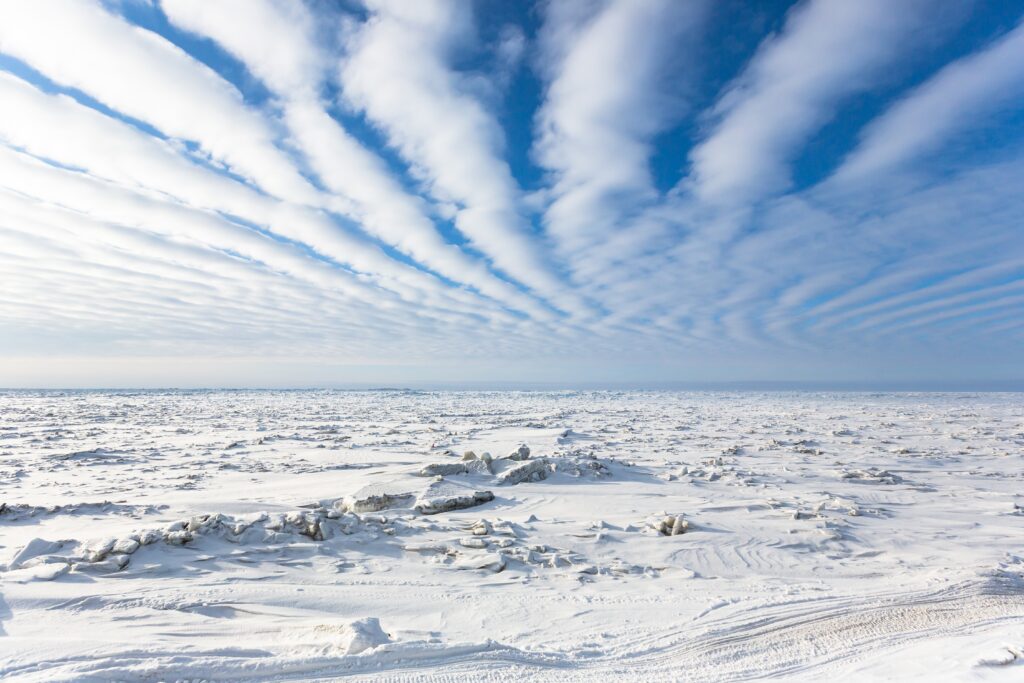
During the short summers, the tundra is in nearly round-the-clock sunlight. But this is offset by the long sunless winters.
©iStock.com/Wirestock
Danger level: High (extreme weather conditions, remote location)
The Arctic tundra, a frigid, treeless biome that envelops a fifth of the Earth’s surface, is anything but people-friendly. Yet this environment, marked by brutal temperatures, scant rainfall, and a layer of perpetually frozen soil called permafrost, surprisingly teems with life. Hardy mosses and grasses along with wildlife like caribou and Arctic foxes thrive here, having adapted to withstand these formidable conditions. With locations extending from Sweden, Alaska, and Iceland to the North Pole itself, the tundra presents a unique and dangerous global attraction.
#4 Kluane National Park and Reserve, Yukon

The dry, cold climate of Kluane National Park and Preserve, being subject to coastal weather patterns, is highly unpredictable. Freezing temperatures are possible even during summer.
©A. Michael Brown/Shutterstock.com
Danger level: High (risks of avalanches, extreme weather conditions, and challenging terrains)
Home to Canada’s highest peak, Mount Logan, this park offers rugged landscapes with glaciers, ice fields, and swift-flowing rivers. These natural elements can be a serious hazard, presenting dangers like avalanches, extreme weather conditions, and difficult terrains.
#3 Bugaboo Provincial Park, British Columbia
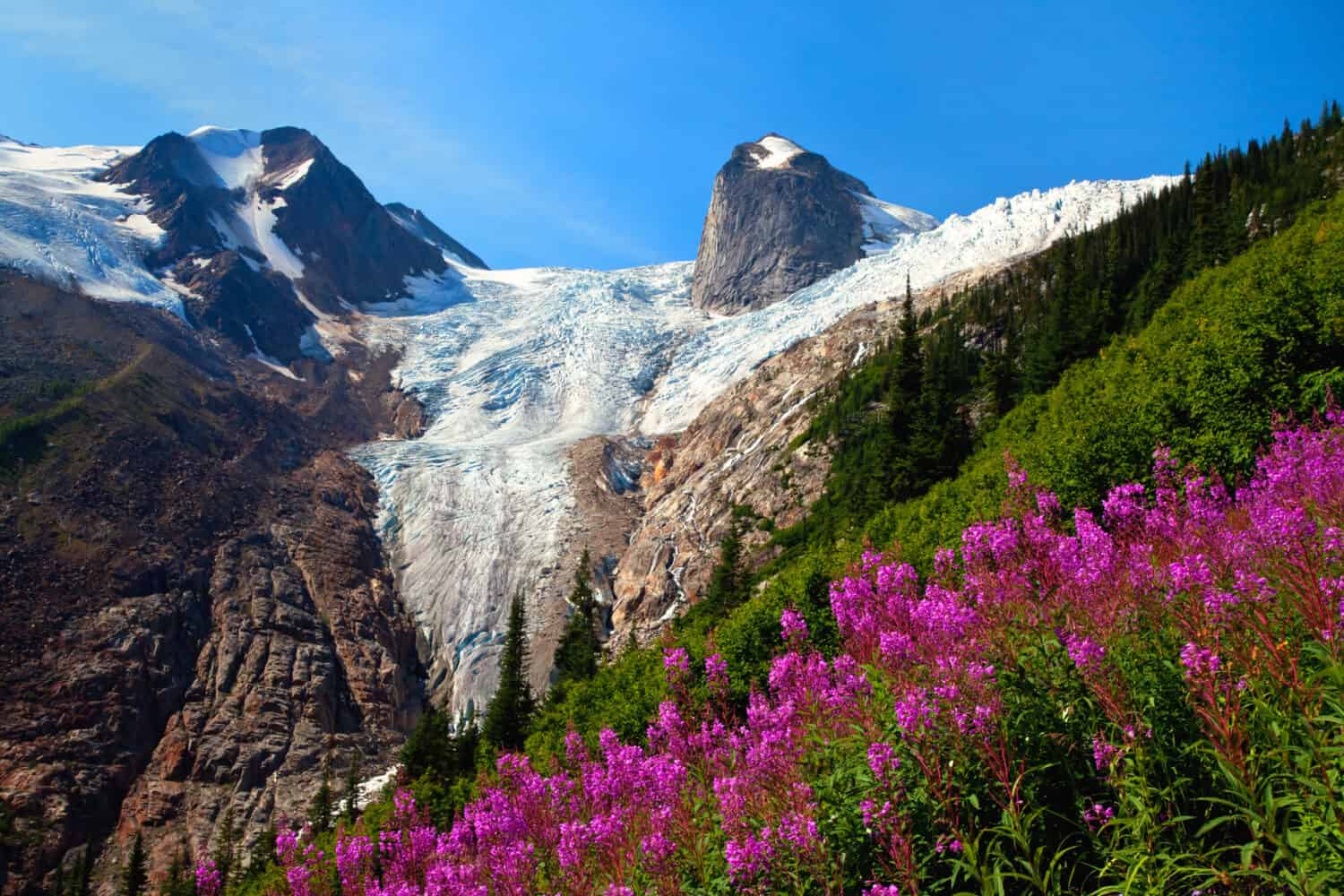
A top global alpine climbing destination, it hosts unique glacier-sculpted mountain peaks.
©Tomas Nevesely/Shutterstock.com
Danger level: High (potential for avalanches, extreme weather, and technical climbing difficulties)
Renowned for its impressive granite spires, this Bugaboo Provincial Park is a mountaineering and heli-skiing hotspot. Nonetheless, the potential for avalanches, extreme weather, and technical climbing difficulties makes it perilous.
#2 Polar Bear Provincial Park, Ontario
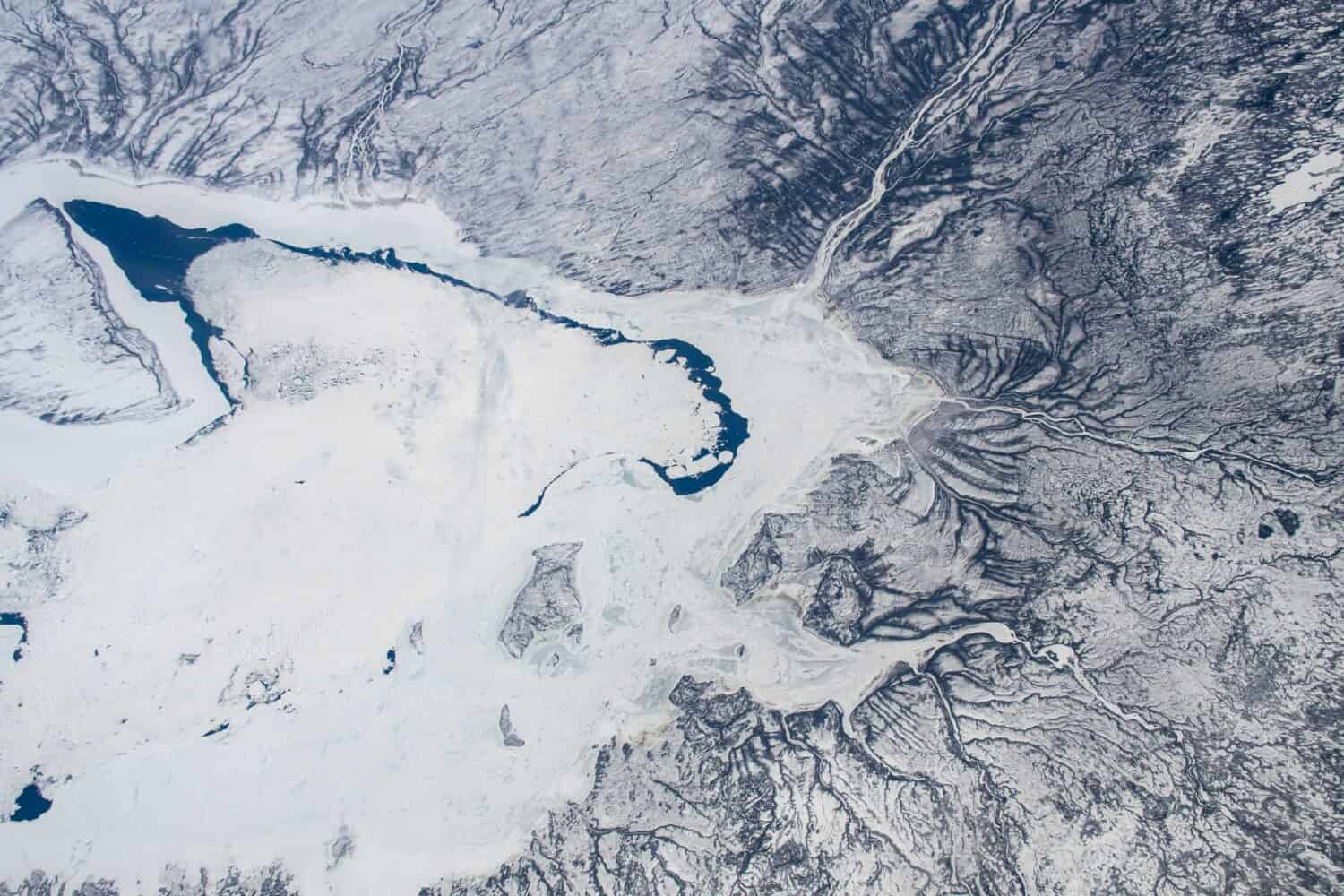
Part of the Hudson Bay Lowlands, the park is part of the pristine low-lying tundra.
©Blueee77/Shutterstock.com
Danger level: High (extreme winter weather, isolation, and potential for polar bear encounters)
This remote wilderness, which can only be reached by air, houses one of the world’s largest maternity dens for polar bears. The severe winter weather, isolation, and potential for polar bear encounters make it an extremely challenging destination.
#1 Ancient Water Discovery in Canadian Mine Traces Earth’s History

Single-celled organisms typically range from 1 to 100 microns in size.
©iStock.com/wir0man
Danger level: High (deep mining with risks of cave-ins, exposure to hazardous gases, challenging exits, and isolation for medical help or emergency rescue)
3,000 kilometers (1,864 miles) down a mine in Timmins, Ontario, University of Toronto scientists have made a significant discovery. Water that’s at least two billion years old. Yes, billion with a “B.” Traces of single-celled organisms in the chemical composition of this prehistoric water provide invaluable insights into the planet’s history. The discovery enhances our understanding of Earth’s biological history and suggests that life may exist beyond our planet. While the general public is barred from this place, researchers take great risks when they enter. Despite the risks of descending into these depths, including exposure to radioactive gas and potential cave-ins, the breakthrough underscores the profound secrets held within our planet.
Conclusion
Despite their diversity and grandeur, Canada’s landscapes have inherent dangers. From the EdgeWalk on Toronto’s CN Tower to the hazardous Arctic tundra, the adventures one can experience in this vast country inspire both awe and fear. But it’s essential to underscore that the thrill of adventure shouldn’t outweigh safety. Thorough preparation, knowledge of the area, respect for wildlife and local culture, and proper equipment are all elements that can determine whether an experience becomes a treasured memory or a harrowing ordeal.
Summary of the Most Dangerous Places in Canada
| Ranking | Canada’s Most Dangerous Places |
|---|---|
| #20 | CN Tower EdgeWalk, Toronto |
| #19 | Churchill, Manitoba |
| #18 | Grouse Mountain, British Columbia |
| #17 | Newfoundland and the Bay of Fundy |
| #16 | Smoking Hills, Northwest Territories |
| #15 | Blue Hawk Mine, British Columbia |
| #14 | Bear Rock Sinkhole, Northwest Territories |
| #13 | Navigating the Tibbitt to Contwoyto Winter Road, Northwest Territories |
| #12 | Adventures on the Slave River, Northwest Territories |
| #11 | Skookumchuck Rapids, British Columbia |
| #10 | Scaling the Lotus Flower Tower, Northwest Territories |
| #9 | Venturing Thor Peak, Nunavut |
| #8 | Treacherous Trails and Alpine Climbing in Canada |
| #7 | Ellesmere Island |
| #6 | Navigating the Scimitar Canyon, Northwest Territories |
| #5 | Arctic Tundra |
| #4 | Kluane National Park and Reserve, Yukon |
| #3 | Bugaboo Provincial Park, British Columbia |
| #2 | Polar Bear Provincial Park, Ontario |
| #1 | Ancient Water Discovery in Canadian Mine Traces Earth’s History |
The photo featured at the top of this post is © Alicia Beisel/Shutterstock.com
Thank you for reading! Have some feedback for us? Contact the AZ Animals editorial team.







